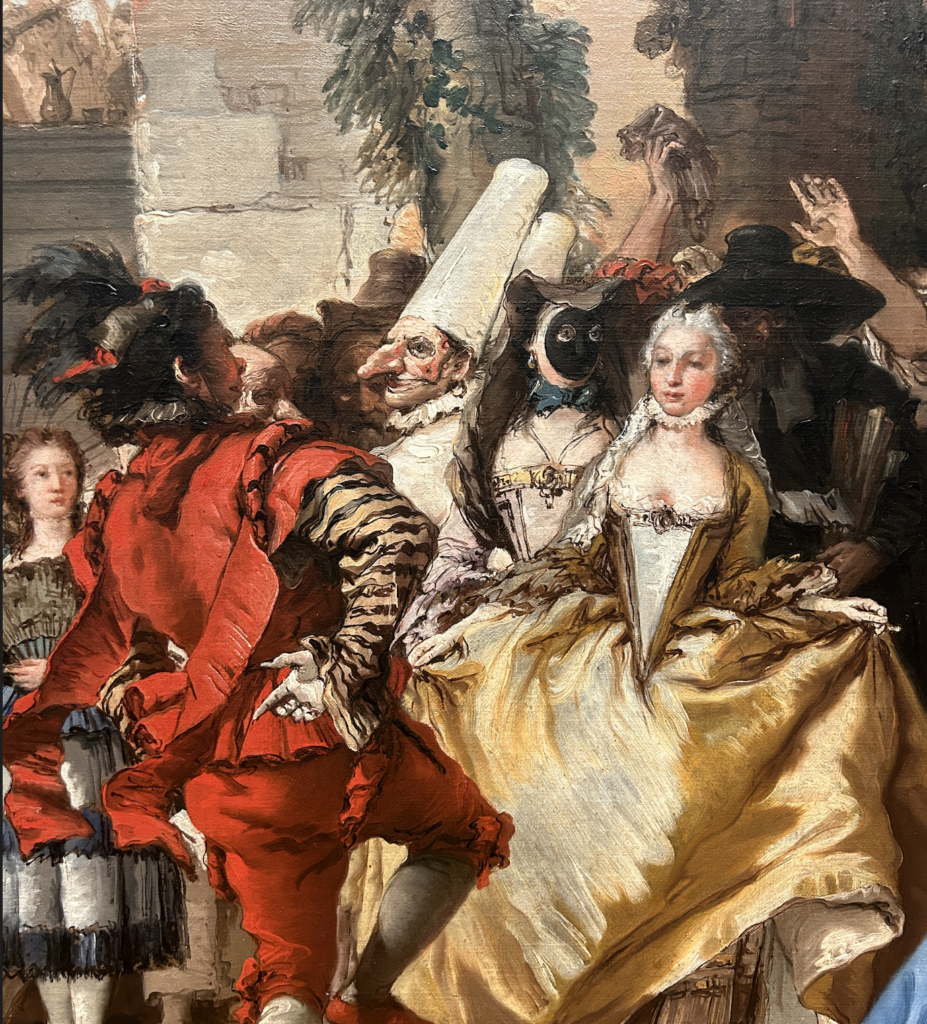Room 213 – Frances Young Tang Gallery
8.8/10
You ever walk into one of those rooms in a museum, one of the ones far from the entrance of the wing, almost a Random Walk accident of arrival — with your toes tired, your knees achy, coming off a bit of drudgery in the rooms preceding — and all of a sudden the ceiling opens above you and the room expands like a reverse Hitchcock-Vertigo-Jaws-Beach Dolly zoom and those subconscious plans to head kinda in the direction of the where you think the exit is that were forming in the back of your head immediately dissipate and your knees unlock and you feel compelled to stop walking, roll your head around on your shoulders a bit and exhale slowly?
This might just do that to you. Many things of beauty here, most of them surpassed by the room itself: there are extra tall panes of glass lining the lengths of the room, gratuitously covering a few simple handscrolls and a bit more than a dozen scattered images on paper. But most likely, your eyes will skip past them and head straight for the center of the room’s gravity, and indeed its true geographical center, which revolves around two matching Ming Dynasty dressers constructed of a rich red wood (no further information provided) inlaid with mother of pearl, amber glass and ivory in the pattern of winter-bare flowering trees populated by a few scattered songbirds. The wardrobes themselves are enormous: certainly more than ten feet tall and hinged with impeccably etched silver (I think) latches and hinges.
The imagination runs amok.
Like Henry Miller, once my favorite and perhaps still the bravest of American writers, China has long stood in for an archetypal idea of ancient, insurmountably distant opulence, grandeur, tradition and beauty. The risk of exoticizing is ever-present for the curious Westerner, but with the state of multipolar geopolitical rivalry in the world today, I think the downside risk of understating China’s historical brilliance is as acute as the risk of overstepping into exoticization. Here is Miller in 1977’s Mother, China and the World Beyond:
“Even as a boy the name China evoked strange sensations in me. It spelled everything that was vast, marvelous, magical, and incomprehensible. To say China was to stand things upside down.”
Can the purpose of an Asian Wing inside an American Museum be anything but to make one stand in awe of Asia? Are we not hypocrites to call such a thing uncouth? Were the slightest tinge of exoticization looked down upon, wouldn’t we simply have a world museum without delineation of tradition, era, or regional difference? Are these differences not inherently celebrated in the idea of separate wings?
I know I’d feel proud to see a Chinese family marveling in front of O’Keefe’s Southwestern landscapes, or any of Bierstadt’s Rocky Mountain vistas, or Ansel Adams’s Grand Tetons and the Snake River (interesting to note that, in my mind, China might have equivalents of nearly every American landscape outside the grandest, most unique images of the West). Maybe these are a false equivalence, between cultural artifacts and natural features of the land, but the point remains: I’d want any foreigner to exoticize the States. Why should I imagine any foreigner to be so different in mind to myself?
So I stand before these wardrobes, in awe. The craftsmanship, the care, the quality of material, the sheer size. One can hardly imagine what kind of man or woman, holding what lofty station in life, might be worthy of owning such furniture. An emperor? An esteemed scholar or magistrate? A pioneering merchant? Uneducated, stereotypical images of how fanciful their clothing must have been to deserve storage in these grand cabinets swim through my head. Were they attended by servants who gently opened silk garments for them to slip their limbs in and out of? What climate were they dressing for? What was the business of the day? What were the meals? Whatever, whoever, whenever, wherever, the fact remains that these wardrobes would certainly have sanctified the simple act of getting dressed and undressed. How sacred the act of opening in the morning must have been, to retrieve your clothing from such artful enclosure. How sacred the act of shutting it in the evening.
Tonight, most of us, even those who can afford better, will go home and pull our sleeping clothes from a mass-produced dresser made from cheap, pressurized wood and actually be quite pleased with it. But this type of furniture can’t help but make me wonder: is it that our modern standards for the beauty of objects have become so base? Or is it that the tastes of the aristocracy in the past truly were so lofty? Am I right to be satisfied with my mass market furniture or should I, in the name of beauty and the elevation of daily ritual, long for something more refined? As ever, the likeliest answer is a bit of everything.
